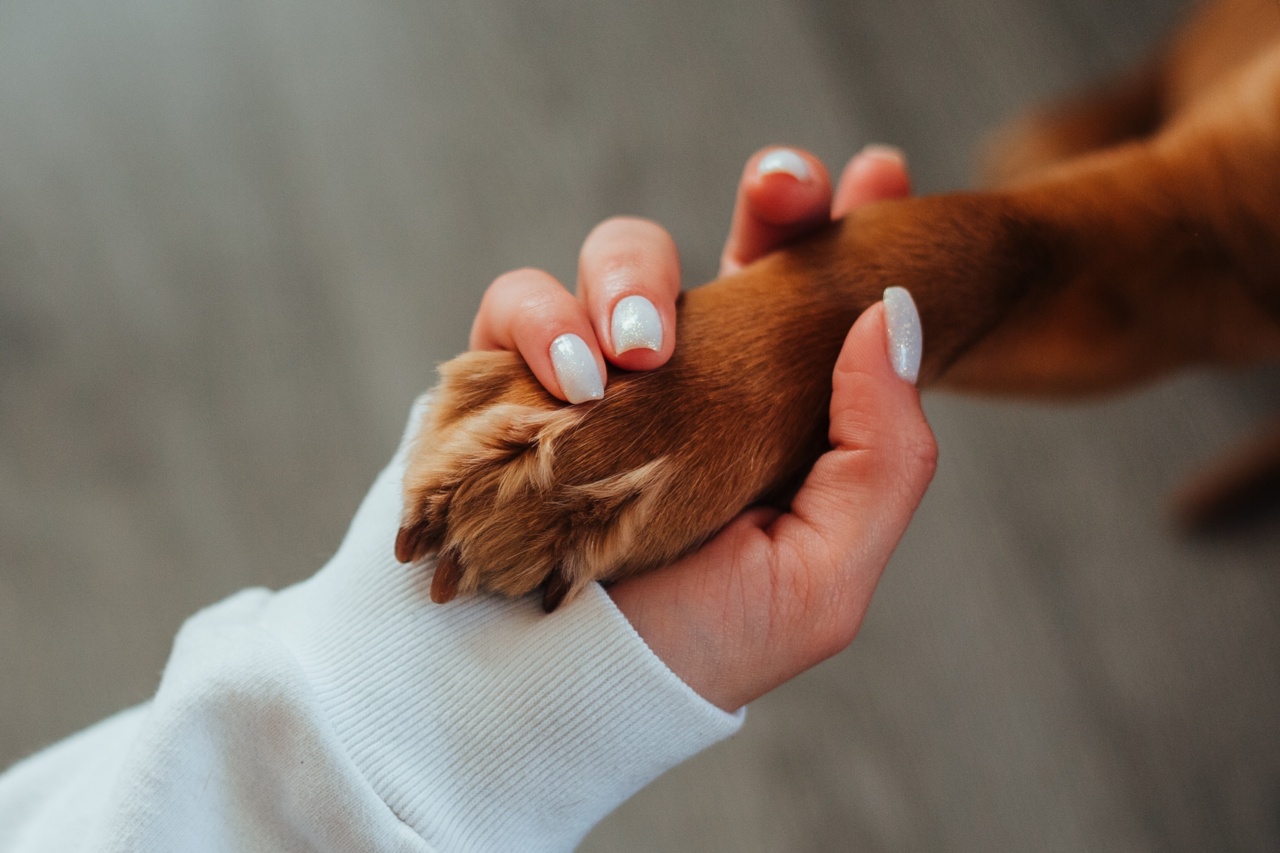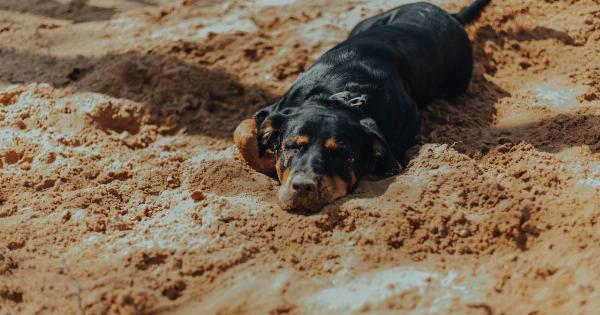The Dog Sar Pei, also known as the Chinese Shar-Pei, is a unique and ancient breed that originates from China. With their distinctive appearance and protective nature, these dogs have become popular pets and loyal companions around the world.
In this article, we will dive into the history, characteristics, temperament, and care requirements of the Dog Sar Pei.
History of the Dog Sar Pei
The Dog Sar Pei has a long and fascinating history that dates back more than 2,000 years. It is believed that these dogs were originally bred for various purposes, including hunting, herding, and guarding livestock.
Their loose, wrinkled skin provided protection against potential injuries during fights with other animals or predators.
During the early 20th century, the Dog Sar Pei faced near extinction due to political unrest and the Communist Revolution in China.
Fortunately, a small number of Shar-Peis were saved by dedicated breeders and enthusiasts who established breeding programs outside of China.
Distinctive Appearance
One of the most striking features of the Dog Sar Pei is their wrinkled skin, which covers their entire body, including their head and face. These wrinkles are more prominent in puppies and gradually become less pronounced as the dog matures.
While their wrinkles give them a unique, adorable appearance, they also serve a practical purpose. When engaged in combat, the loose skin made it difficult for opponents to bite and injure them.
The Dog Sar Pei has a large, square-shaped head, with a deep-set muzzle and dark almond-shaped eyes. Their ears are small, triangular, and slightly rounded at the tips.
Their coat is short, prickly, and comes in various colors, including fawn, cream, red, black, blue, and chocolate. Some Sar Peis may have a solid coat color, while others may have a diluted coat color with lighter markings.
Temperament and Characteristics
Despite their rugged appearance, the Dog Sar Pei is known for their calm and gentle temperament. They are intelligent, loyal, and incredibly devoted to their families. However, their protective nature makes them reserved and cautious around strangers.
Proper socialization from an early age is essential to ensure they are comfortable and well-behaved in different environments.
While the Dog Sar Pei can be independent-minded at times, they are highly trainable and eager to please their owners. Early obedience training and consistent, positive reinforcement methods are recommended for this breed.
They respond well to reward-based training techniques and may become stubborn or willful if handled with harsh or forceful methods.
It’s important to note that the Dog Sar Pei may not be the best choice for first-time dog owners or families with young children. They have a low tolerance for rough handling or excessive noise, which can lead to stress or anxiety.
This breed thrives in a calm and structured environment with dedicated owners who can provide the necessary exercise, mental stimulation, and socialization.
Caring for a Dog Sar Pei
The Dog Sar Pei requires regular grooming to maintain a healthy coat and skin. Despite their short hair, they shed moderately throughout the year and may require brushing once or twice a week to remove loose hairs and prevent matting.
Bathing should be kept to a minimum, as excessive bathing can strip their skin of its natural oils.
As with any dog breed, dental care is crucial. Regular brushing of their teeth and routine veterinary check-ups can help prevent dental issues, such as gum disease or tooth decay.
Additionally, the Dog Sar Pei’s ears should be checked regularly for signs of infection or excessive wax buildup. Cleaning them with a gentle, dog-friendly ear cleaner can help prevent ear problems.
Exercise is essential for the Dog Sar Pei to maintain a healthy weight and overall well-being. While they are not excessively energetic dogs, they still require daily walks and mental stimulation.
They are adaptable and can live in apartments or houses with adequate exercise, but access to a securely fenced yard is ideal for them to explore and stretch their legs.
Health Concerns
Like any breed, the Dog Sar Pei is prone to genetic health conditions that potential owners should be aware of. Some common health concerns include:.
- Entropion: a condition where the eyelid rolls inward, causing irritation and potential damage to the cornea.
- Hip Dysplasia: an abnormal formation of the hip joint that can lead to discomfort and mobility issues.
- Familial Shar-Pei Fever: a hereditary condition characterized by recurrent fever and inflammation.
- Elbow Dysplasia: similar to hip dysplasia, this condition affects the elbow joint and can cause lameness and pain.
Regular veterinary check-ups, a balanced diet, and maintaining a healthy weight can help reduce the risk or severity of these health issues.
It is also essential to obtain a Dog Sar Pei from a reputable breeder who conducts health screenings on their breeding dogs.
Training and Socialization
Training and socialization are vital components of raising a well-behaved Dog Sar Pei. These dogs are intelligent and thrive on mental stimulation.
Obedience training should start early, using positive reinforcement methods such as treats, praise, and play. Consistency, patience, and firmness are key to successfully training a Sar Pei.
Socialization is crucial to ensure that Dog Sar Peis are comfortable and well-behaved in various situations. Exposing them to new people, animals, sounds, and environments from a young age can help prevent fearfulness or aggression.
Puppy classes and controlled interactions with other dogs can aid in their socialization process.
Conclusion
The Dog Sar Pei is a devoted companion and protector with a rich history and distinctive appearance. Despite their independent nature, they are loyal, intelligent, and adaptable dogs that thrive in a structured and loving environment.
With the right training, socialization, and care, the Dog Sar Pei can make a wonderful addition to any family.




























